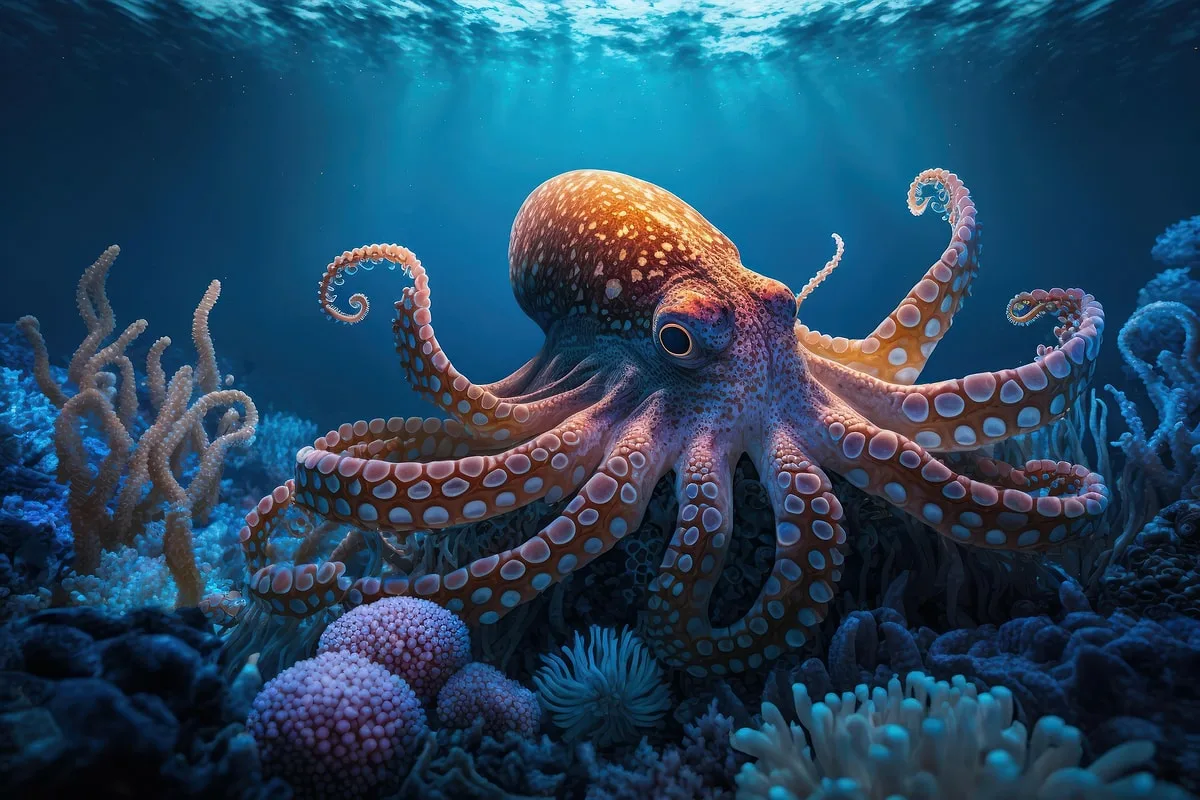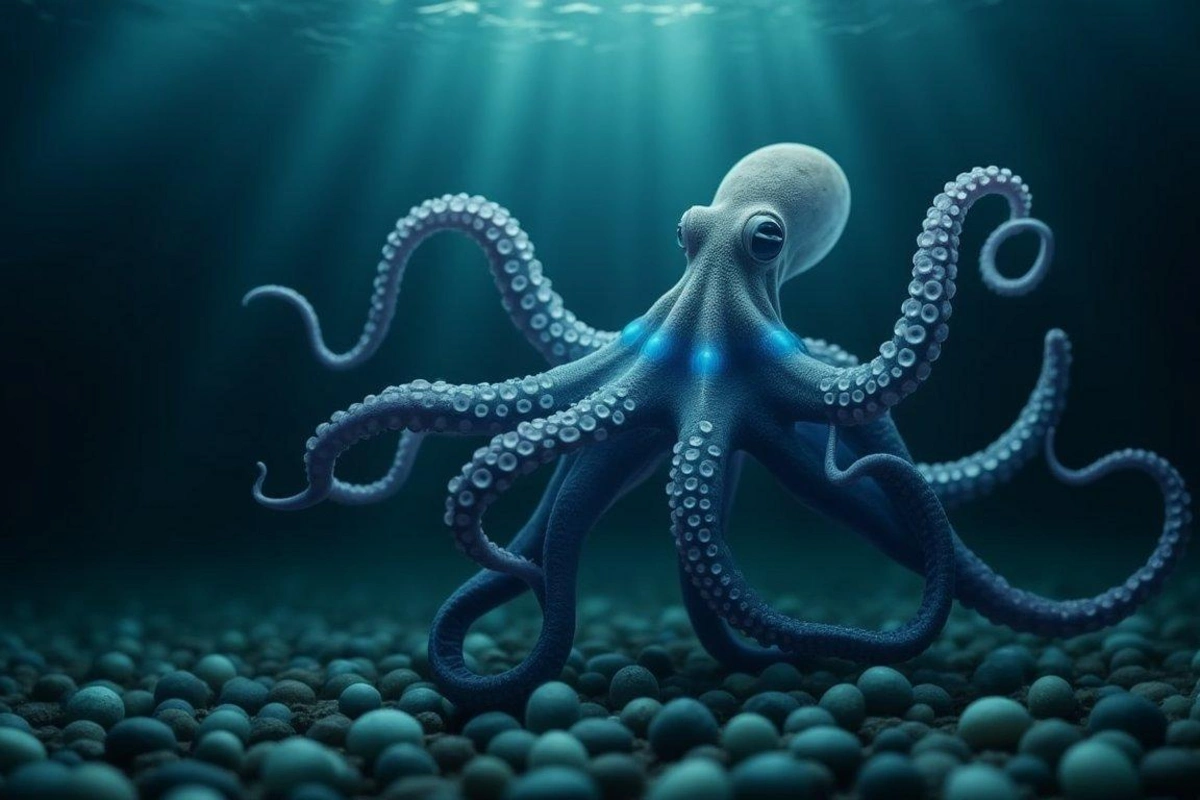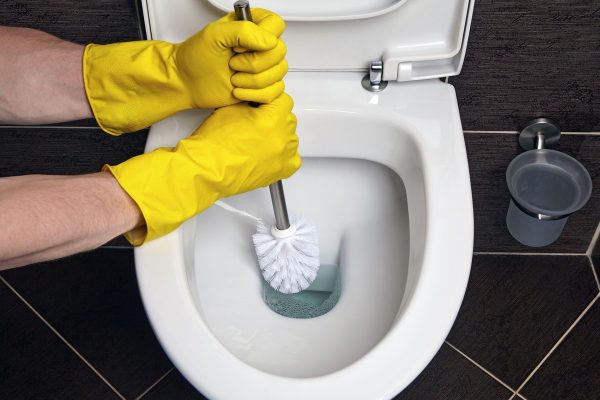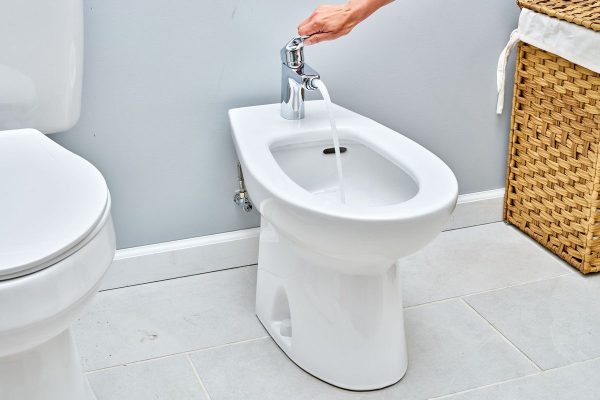A team of scientists set out to investigate how octopuses use their tentacles… They discovered something surprising.
A common octopus uses its arms to capture the researchers’ camera. The study determined that these cephalopods have the ability to use their limbs to perform complex tasks.
It is often said that octopuses have eight arms and nine brains. Not surprisingly, the nervous system of these cephalopods is a work of decentralised engineering in which each part acts autonomously. Scientists who have studied them in depth have discovered that they are capable of performing extraordinarily complex tasks.
For example, they can draw general conclusions from specific observations, a task that requires the ability to extrapolate a learned rule to a new situation. They are also capable of learning by observing their peers, an ability that has not been observed in any other invertebrate.
However, until now, scientists had not found a way to explain how these cephalopods individually select each task to carry out complex activities. Now, a team of scientists has published a study analysing the movement of their arms step by step. Their conclusion: octopuses are experts at multitasking. In other words, they are the kings of multitasking.
The infinite contractions of octopuses, explains Chelsea Bennice, a postdoctoral researcher at the Marine Science Laboratory at Atlantic University’s Marine Science Department, give these animals almost infinite freedom to bend, contract, stretch, twist and turn. Bennice and her team thought that studying how they do this would provide experts with something like a universal dictionary for understanding the movements of these cephalopods.
A common octopus extends one of its arms. The combination of deformations and arm movements implemented to achieve complex behaviours illustrates the extreme flexibility and coordination of the arm during a wide range of functions.
To conduct this experiment, the researchers carefully analysed images of octopuses in their natural habitat, observed all their movements and broke down those behaviours into a series of basic components.
After examining more than two hours of video footage of 25 wild specimens in their various habitats, they determined four basic arm movements of these cephalopods: patterns they associated with the usual behaviours of these cephalopods. In total, they recorded up to 3,907 individual interactions, often performed simultaneously with different arms.
The secret: enormous adaptability
‘With their eight arms, octopuses are capable of performing all possible movements (bending, shortening, lengthening and twisting), which indicates their extraordinary ability to perform repetitive tasks,’ Kendra Buresch, one of the study’s authors, explained to National Geographic in an email.
‘They are the kings of multitasking,’ notes marine biologist Chelsea O Bennice, lead author of the research. How do they manage to perform such a multitude of tasks in such a short time? And, above all, how are they so effective? ‘The key is adaptability,’ argues ethologist Roger Hanlon, senior scientist at the Marine Biology Laboratory in Woods Hole, Massachusetts, and co-author of the study. Because these creatures are so guided by their sense of touch, they have developed suction cups and arms that not only help them move around, but also allow them to find food in any ecological habitat.
Previous laboratory studies had suggested that octopuses showed a preference for their right or left arms. However, in this research, no differences were observed between the two arms, although they did note that they used their front arms more frequently than their rear arms.
Arm actions and their relationship to animal behaviour. (A) Heat map showing the number of times arm actions occur for specific behaviours. (B) Examples of the 12 arm actions of octopuses in the wild; octopuses often used multiple arm actions on a single arm or on several arms simultaneously.

Arms acting autonomously
To what extent can the decentralised system have some influence on the autonomy of its arms? we asked the researchers. “These joints can be considered semi-independent, in the sense that they optimise the motor or functional control that allows them to perform their function.
However, some tasks are likely to require feedback from the central brain. The subtle movements of the arms (deformations) described in our article can be performed independently of the central brain,” argues Buresh.
Another question is whether this extraordinary adaptability has any evolutionary explanation. ‘The details of the study showed that octopuses are capable of using all their arms to perform all tasks, but in nature they selectively divide the way they use their front and rear arms. In most cases, they use their front arms more frequently, with the exception of two movements related to locomotion, which they usually perform with their rear arms,’ says Bennice.
“This adaptability and redundancy in all arms is important for these animals in their natural environment, as it must be remembered that they not only face stress factors, but also thrive in a wide variety of ecological habitats that require the arms to perform different tasks. For example, octopuses are prey to numerous predators. If they lose one of their many arms, the others can adapt, both for feeding and for movement.
One specimen uses its feet and tentacles to move around on the sea floor. Scientists discovered that these animals often use their rear arms for this function.
What is clear is that no other animal is capable of demonstrating such adaptive capacity. ‘No creature rivals octopuses in terms of flexibility or extreme control of their arms,’ notes the researcher.
‘Octopuses are unique creatures with eight flexible appendages that can bend, shorten, lengthen and twist (arm deformations) in all directions thanks to the extensive nervous system in each arm and the complex arrangement of their musculature (and the absence of bones),’ Bennice points out.
‘The combination of these deformations creates different behaviours that can occur in the same arm and in different arms simultaneously to achieve complex behaviours of the whole animal,’ she concludes. This is an extraordinary ability, comparable only to that demonstrated by humans.
Not surprisingly, it should be remembered that octopuses have about 500 million neurons. That’s a few million less than us, but much more than the estimated 100,000 neurons of a freshwater snail. They are closer to us than we think.





